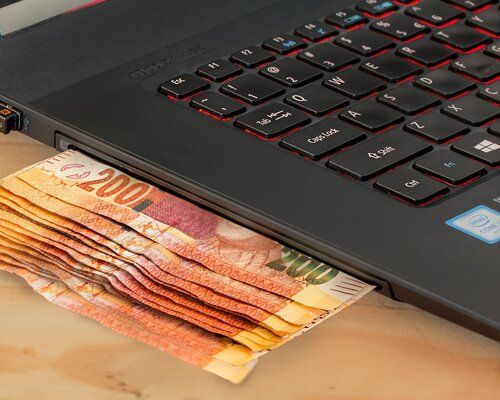The future of payments
Introduction
There has been an incredibly high mobile penetration in emerging markets over the last decade. Previously marginalised people can therefore now access financial services using mobile wallets offered by Telco’s as a result. People can perform person to person, person to merchant, person to agent transactions with mobile banking. These mobile wallets enable easier, safer, quicker, cheaper and more reliable money transfers over a long distance.
Current solutions and Challenges faced
One of the main issues being experienced with the telco based mobile wallets is the lack of interoperability between wallets. In its most complete form, interoperability refers to interconnection across an array of use cases, including transfers between mobile money accounts or mobile money and bank accounts, both domestically and internationally. Currently, a user is only able to send funds to someone on the same mobile network as theirs or their own bank account. This leaves people with an option to either carry around different sim cards or move money from wallet to bank before they can transfer it to another person.
Generally, people in emerging markets are still very cash-based in thinking and prefer face to face interaction when making payments or sending money. This mentality has offered some resistance to the growth of penetration of mobile wallets in most places. In South Africa, for example, the products that have gained household status are those offered by banks which only allow someone to use their mobile wallet to receive money and collect at an ATM. The telco run initiatives that tried to replicate m-pesa or m-pesa itself have run into challenges in this market.
Another issue impeding the penetration of more innovative digital offerings in Africa is the availability and affordability of connectivity to the internet. The bulk of African mobile transactions are compatible with feature phones and do not require internet connectivity or NFC. The successful offerings have mostly been feature phone compatible, using the Unstructured Supplementary Service Data (USSD) protocol. It is, however, promising to note that high levels of up to 50% penetration of internet-enabled devices and the internet itself have been recorded in the last decade, for most of Sub Saharan Africa as of mid-2019.
In countries like Zimbabwe, the cost of transacting on mobile wallets has been a big issue, with service providers charging up to 4% fees for peer-to-peer transactions, including tax. Due to the high demand for cash in that country, unscrupulous merchants can charge a premium of no less than 30% for a cash-out. This has fuelled the resistance to mobile money payments with people opting for cash.
The future
Plastic money will probably be around for a while, but future solutions will find a way to integrate this very efficient way of processing payments and the new age of digital money. There will be a move from face-to-face transactions to the use of mobile devices to settle financial obligations. Companies like Visa have already started rolling out wearable devices with payment capabilities.
The new and growing trend is tokenisation, for instance, a blockchain token is issued that digitally represents a real tradeable asset. There is still a need to facilitate collaboration with regulators in this space if the full potential of this technology is to be realised. This technology or token economy represents a shift from the large centralised trust agents to the individual, with cryptology doing away with the need for third-party intermediaries by enforcing trust. Institutions experimenting with tokenisation have started issuing tokens that are either limited to a specific device, or e-commerce merchant, or a limited number of transactions. The need for seamless and secure digital payment transactions remains crucial, and tokenisation is being considered to introduce frictionless card-free payments in e-commerce environments.
Future solutions are expected to be digital-based and have increased security and interaction. New solutions are already being built on cryptographic technology in the backend, which ensures high-level security, and using encrypted social media platforms like WhatsApp in the frontend for increased interaction through a chatbot, e.g. Uhuruwallet.
Developed countries are already making use of super apps which house all essential services under one application for ease of use and payment e.g. WeChat.
The concept of the internet of money is likely to go mainstream in the coming years. Forward-thinking central banks have started exploring the option for issuing a blockchain-based Central bank digital currency (CBDC). This can potentially disrupt the whole banking sector as the central bank becomes deposit-taking and therefore transaction clearing, for individuals, not only financial institutions. Blockchain ledgers will be the natural choice when this is implemented due to their immutability, auditability and KYC compliance capability.
Conclusion
Whatever the case, it appears a cashless society is becoming a reality each day through various forms of electronic money services being offered. The first hurdle is to make the process of in-person digital transactions easy and secure. A more practical approach is to break down the issue into smaller solutions, for instance solving a practical problem like how to split the restaurant bill digitally. Africa looks ready for the disruption, with some already experiencing it.
